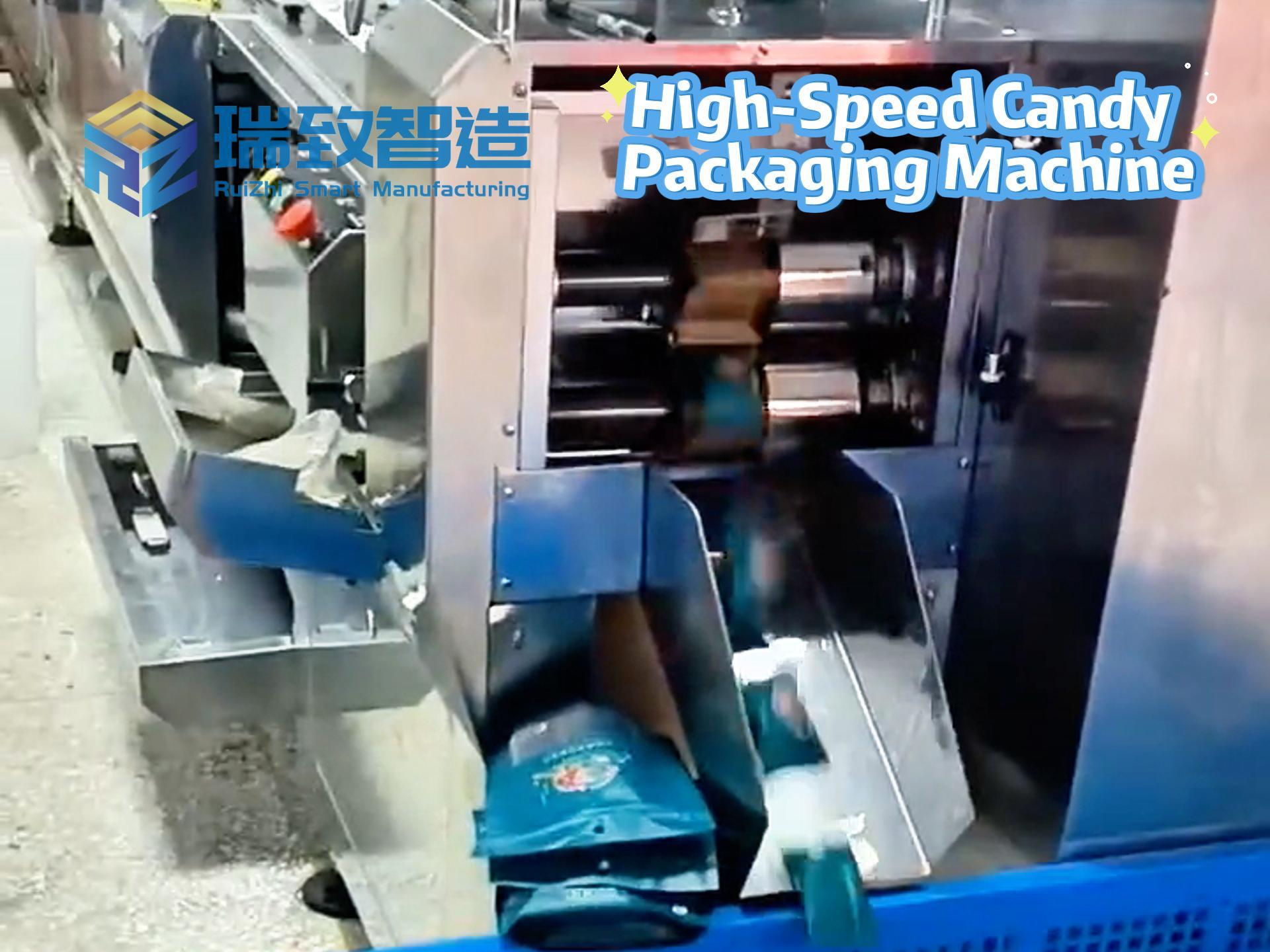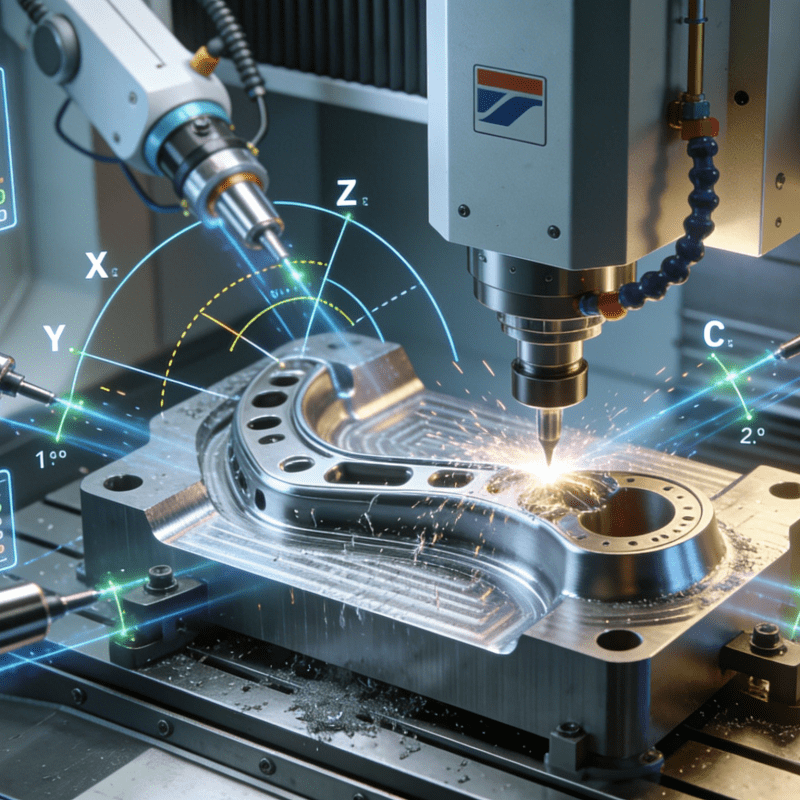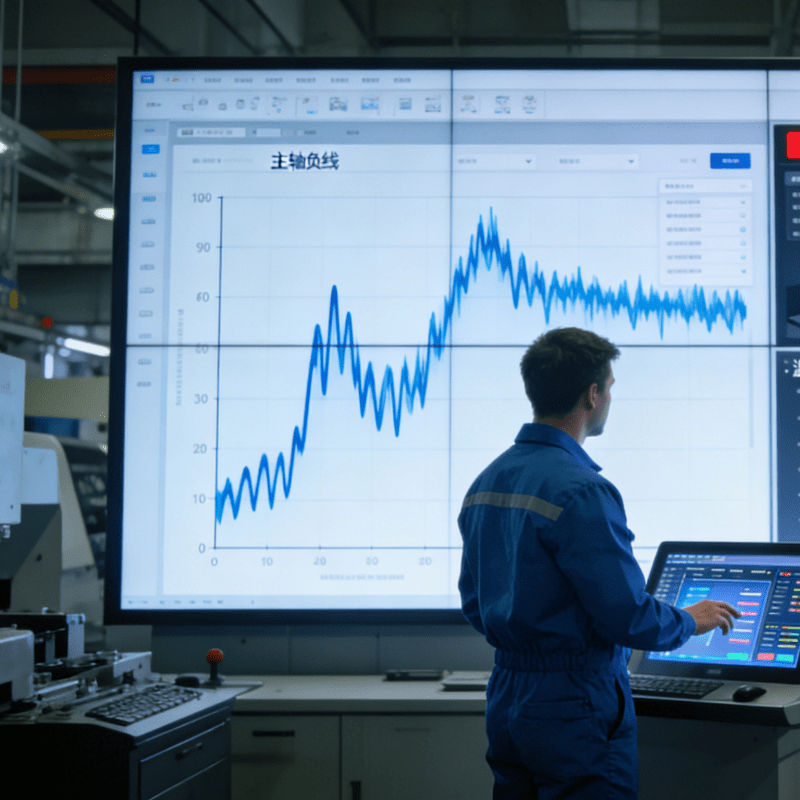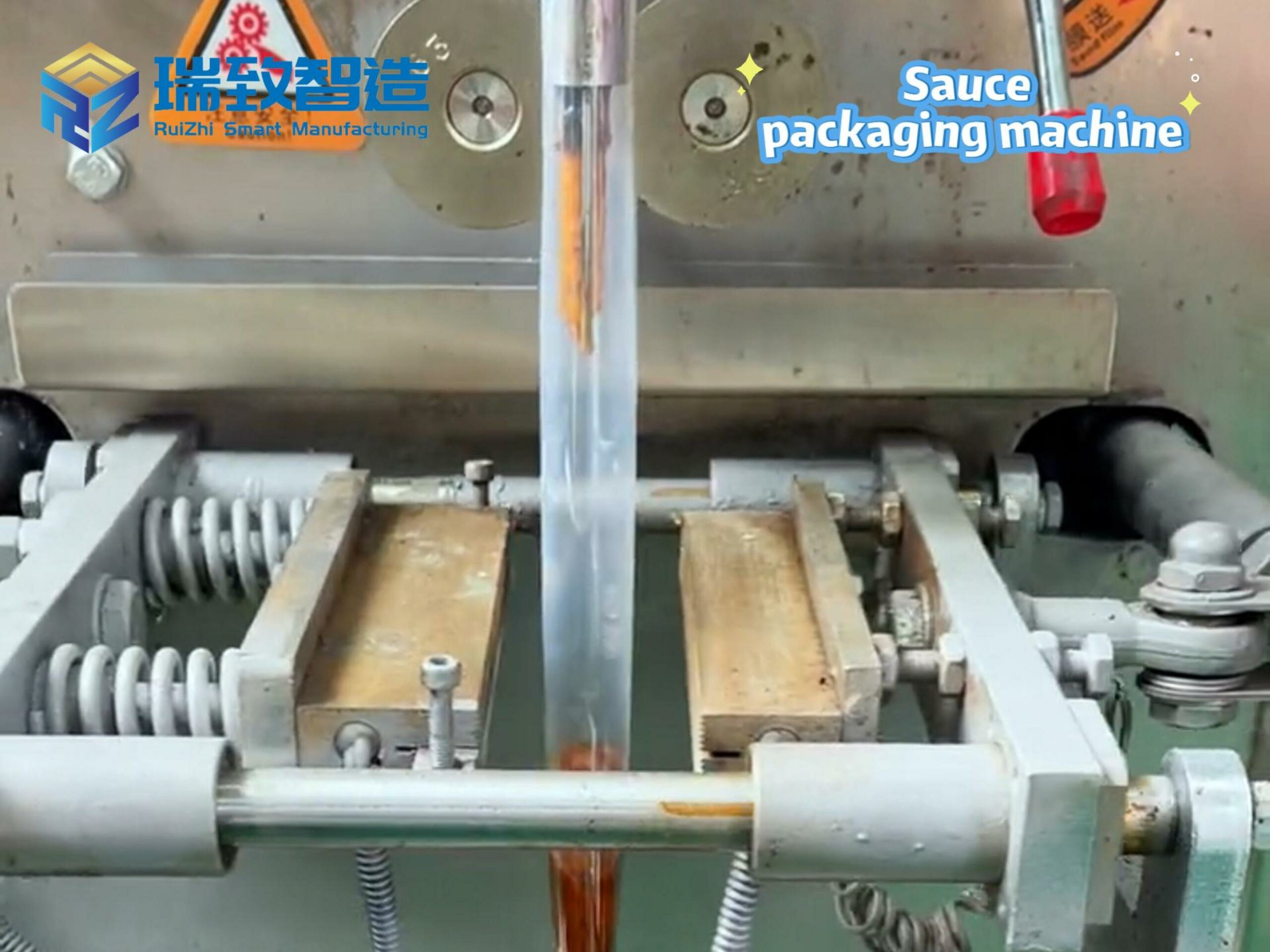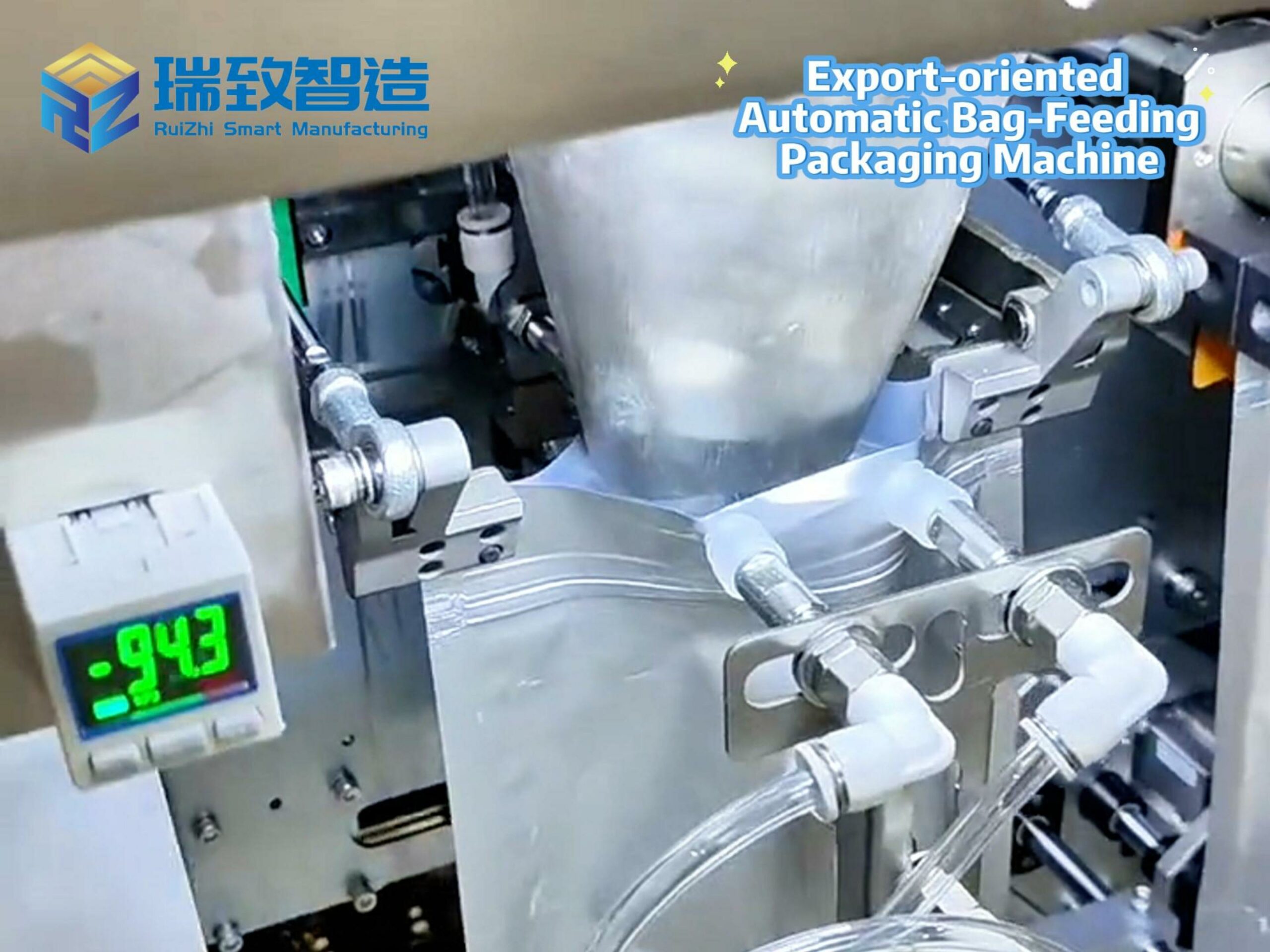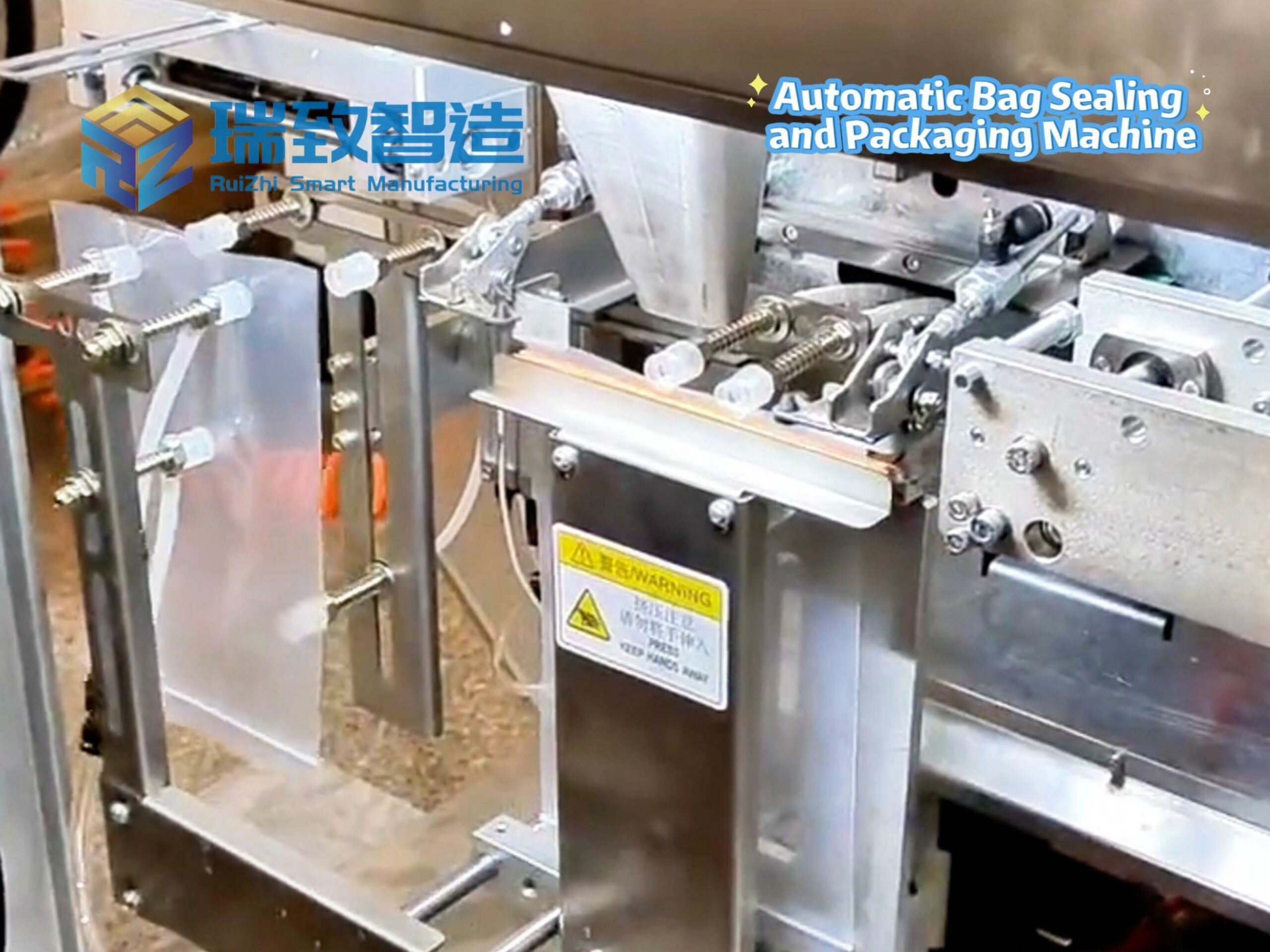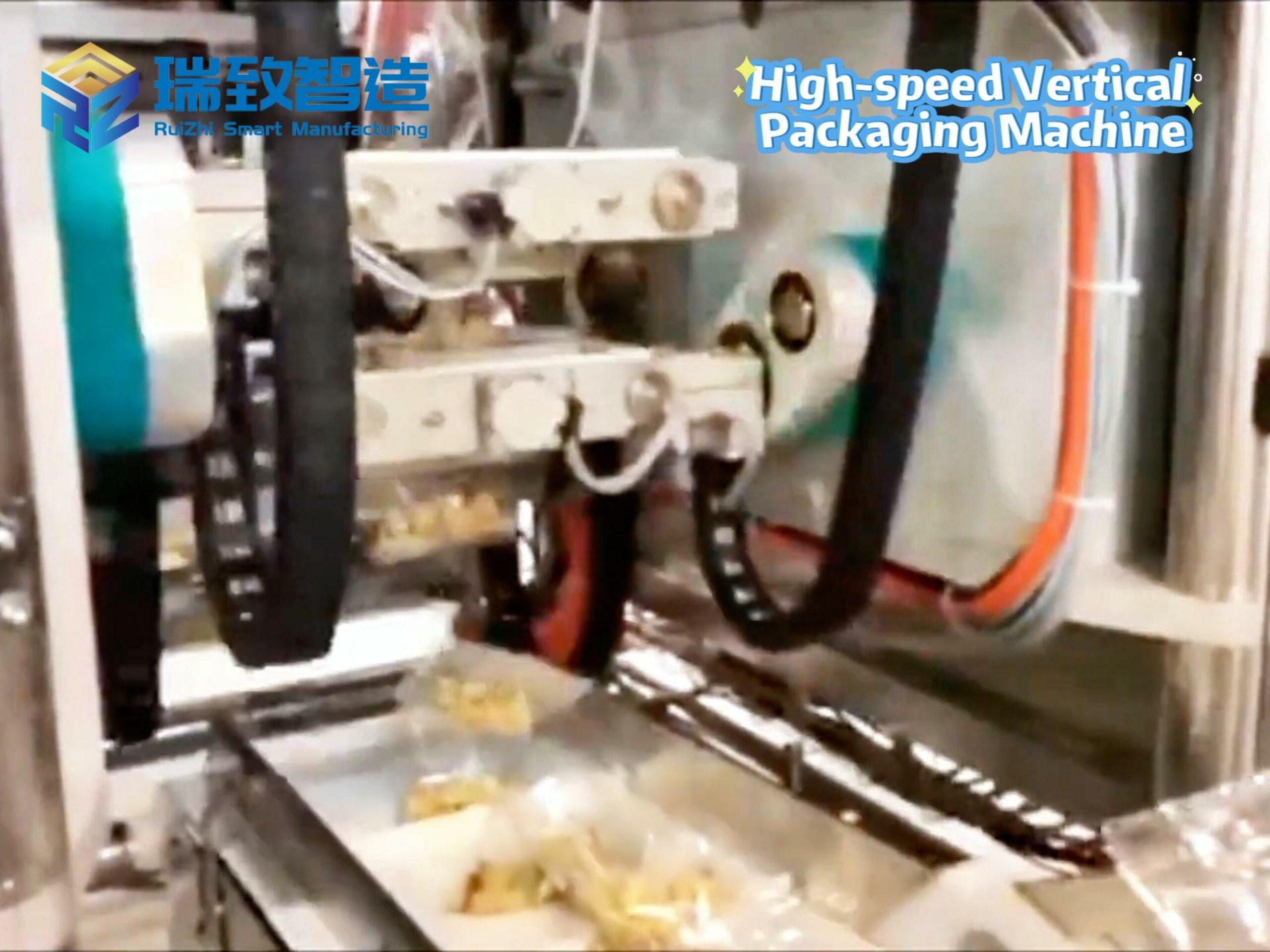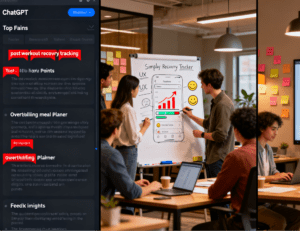
Imagine a designer staring at a blank canvas, stuck for hours on a brand visual concept; a writer staring at a blinking cursor, struggling to turn scattered interview notes into a vivid story; a UX team drowning in hundreds of user feedback entries, unable to spot the core pain points. For years, these “creative bottlenecks” felt like unavoidable parts of the process—until AI stepped in. But here’s the question no one’s asking enough: Is AI here to take over creativity… or to unleash it?
Creativity has long been hailed as humanity’s “secret sauce”: messy, emotional, rooted in our unique experiences of joy, loss, and wonder. AI, by contrast, feels like the opposite—algorithm-driven, formulaic, even “inauthentic.” The word “artificial” itself carries a stigma, as if anything machine-assisted is less “real.” But what if we’ve been misreading the label? What if “artificial” doesn’t mean “less human”—but “more room for human”?
AI isn’t a replacement for creativity, any more than a painter’s brush is a replacement for their vision. A brush turns a vague idea into a tangible stroke; AI turns a jumble of thoughts into a structured starting point. Think of the camera lucida, the 19th-century optical tool that let artists overlay real-world images onto paper to trace proportions—it didn’t create the art, but it freed artists from struggling with perspective, so they could focus on what mattered: emotion, composition, meaning. AI does the same today: it handles the repetitive, time-consuming work, so we can dive deeper into the parts of creativity only humans can do.
The real debate isn’t “Will AI replace creative people?” It’s “What will we create when we stop wasting energy on busywork—and start focusing on the soul of our ideas?”
The Mindset Shift: From “AI vs. Us” to “AI + Us”
Talk to designers, writers, or marketers about AI, and the fear is always the same: Will it take my job? Will my work lose its heart? These worries make sense—when you’ve spent years honing a skill, the idea of a machine doing it faster can feel threatening. But this fear stems from an outdated mindset: seeing creativity as a “zero-sum game,” where AI’s gain is our loss.
The truth is, the future of creativity is not “human or machine”—it’s “human with machine.”
Take a brand designer working on a new packaging line. Instead of spending 3 days sketching 20 basic layouts (a task that’s more about repetition than inspiration), they use Midjourney to generate 50 initial concepts, each tailored to the brand’s “playful yet premium” vibe. They don’t just copy-paste—they sift, refine, and inject their expertise: tweaking a color palette to match the brand’s heritage, adjusting a font to feel more approachable, adding a tiny detail (a hand-drawn pattern) that AI could never dream up (because it’s rooted in the designer’s memory of their grandmother’s quilt). The result is better, faster, and more human—because the designer focused on what AI can’t do.
Or consider a UX team analyzing user feedback for a fitness app. Instead of spending a week sorting through 500 survey responses to spot trends, they feed the data into ChatGPT, which flags the top pain points: “users struggle to track post-workout recovery” and “the meal-planning tool feels overwhelming.” The AI doesn’t solve the problem—but it gives the team a clear starting point, so they can spend their time brainstorming empathetic solutions (like a simplified recovery tracker that uses encouraging animations) instead of drowning in data.
Figma’s 2025 AI Report underscores this shift: 78% of designers and developers say AI has “significantly boosted their creative efficiency” over the past year—up from 71% in 2024. But here’s the catch: the same report notes that only 42% feel AI has “improved the quality of their work.” Why the gap? Because the real risk of AI isn’t overuse—it’s passive use.
An MIT Media Lab study illustrates this perfectly. Researchers tracked students using ChatGPT to write essays: those who accepted the AI’s first draft as-is, copied it without editing, or skipped verifying facts performed worse over time. Their critical thinking skills weakened; they became less engaged with their ideas. But the problem wasn’t AI—it was their lack of intent. Students who used AI as a “first draft” (writing a rough version themselves, then using AI to refine structure or expand on points) actually improved their writing.
Creativity with AI is like cooking with a food processor: it chops the veggies faster, but you still need to choose the ingredients, season to taste, and decide when it’s done. A high-end processor won’t make you a great chef—but it will let you spend less time chopping and more time creating. The same goes for AI: it’s a tool, not a replacement. And tools only shine when paired with human judgment.
How AI Expands the Creative Process (Without Diluting It)
The best creative work isn’t just “good”—it’s meaningful. It taps into our emotions, reflects our culture, and solves real problems. These are things AI can’t replicate—no algorithm can feel the joy of a parent seeing their kid’s face light up at a toy design, or the frustration of a senior struggling with a confusing app. But AI can help us get to those meaningful moments faster, by handling the parts that don’t require human soul.
Here’s how AI enriches creativity—without taking over:
Speed up the “busywork”: AI handles repetitive tasks—like generating initial design drafts, transcribing interviews, or sorting user feedback—so we can spend time on the parts that matter. A copywriter, for example, might use Pencil to draft 10 ad headlines, then spend an hour refining the best 2 to match the brand’s voice (something AI can’t do, because it doesn’t know the brand’s history of playful humor).
Break through creative blocks: When we’re stuck, AI offers new paths. A filmmaker struggling with a scene’s mood might use Runway ML to generate 3 different visual styles (warm indie, gritty noir, soft fantasy), sparking an idea they’d never considered. It’s not about AI “solving” the block—it’s about AI giving us a nudge.
Deepen insight: AI turns chaos into clarity—even in highly specialized fields like medical device engineering. For a team developing a 카테터 조립기 (critical for producing precision medical catheters used in surgeries and patient care), AI can analyze thousands of test runs to identify optimal assembly parameters: how much pressure to apply when attaching ultra-thin catheter tips (to avoid damage), what speed maintains sterile conditions, or how to adjust for catheters of different sizes (from pediatric to adult). This data-driven insight frees human engineers from tedious trial-and-error, letting them focus on the creative, high-stakes work: refining the machine to meet FDA safety standards, adapting it for rare clinical use cases (like catheters for patients with chronic conditions), or ensuring it integrates with existing hospital workflows. The AI crunches the numbers—but the engineers bring the expertise of what matters for patient safety and clinical utility.
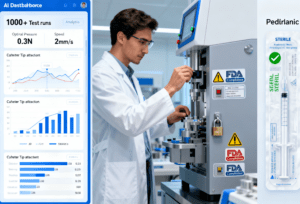
Reduce cognitive load: Offloading routine work frees up our brains to think bigger. A developer using Cursor to debug code doesn’t have to waste mental energy on syntax errors—they can focus on the creative part: building a feature that makes the app more user-friendly.
AI doesn’t limit creativity—it creates space for it. It clears the clutter, so we can bring more of ourselves to the work.
Design in the AI Age: From “Doing” to “Orchestrating”
For designers—and the leaders who guide them—AI is shifting the role of creativity from “execution” to “orchestration.” It’s no longer just about making a great poster or app screen; it’s about guiding teams, shaping vision, and ensuring creative work aligns with human needs.
Consider a design leader at a tech company. A few years ago, their job might have involved approving every design draft, checking for typos, and ensuring consistency. Today, AI handles consistency (tools like Figma AI suggest brand-compliant colors and fonts) and catches typos—so the leader can focus on bigger questions: Does this design reflect our commitment to accessibility? Will this feature make users feel seen? How does this work fit into our long-term vision?
This shift is making design more strategic. Designers are no longer just “makers”—they’re “curators,” “facilitators,” and “visionaries.” New roles are emerging: “AI Creative Partners” who help teams use AI intentionally, “Cultural Design Strategists” who ensure AI-generated work reflects diverse perspectives, and “Ethical Design Leads” who keep AI from reinforcing biases.
But with this shift comes big questions for design leaders:
How do we teach teams to use AI with intent—instead of passively?
Can AI help more people access creativity (like a teen in a small town using Canva AI to design a community mural)?
How do we keep “taste” and “judgment” alive, when AI can generate infinite content?
How might AI help us create more inclusive work (like designing for people with disabilities, by using AI to simulate different accessibility needs)?
The answer to all these questions lies in one word: intent. Using AI well isn’t about finding the perfect prompt—it’s about staying engaged, asking “why” behind every AI output, and making sure human judgment leads the way.
The Future of Creativity: Amplified, Not Replaced
One day soon, we’ll look back at this moment and see it as the start of a new creative era—not because AI took over, but because it gave us more room to be human. Imagine a team designing a community center: AI generates 10 floor plans, but the designers tweak them to include a garden (because they know the neighborhood loves to grow veggies) and a quiet room for seniors (because they talked to local residents). Or a writer using AI to organize research for a novel, then infusing the story with memories of their own childhood summers—something no algorithm could ever do.
The future of creativity isn’t about AI being “better” than humans. It’s about AI being a partner that helps us turn our vague ideas into tangible, meaningful work. It’s about creativity being amplified—by machines, yes, but led by humans.
85% of designers and developers already say AI will be “essential” to their success in the future. But the real winners won’t be the ones who let AI do the work—they’ll be the ones who use AI to do better work. They’ll be the ones who remember that creativity isn’t about “perfect” outputs—it’s about the human heart behind them.
AI won’t replace creativity. It will make creativity more human. Because at the end of the day, the best creative work isn’t just about what we make—it’s about why we make it. And that’s something only humans can decide.

